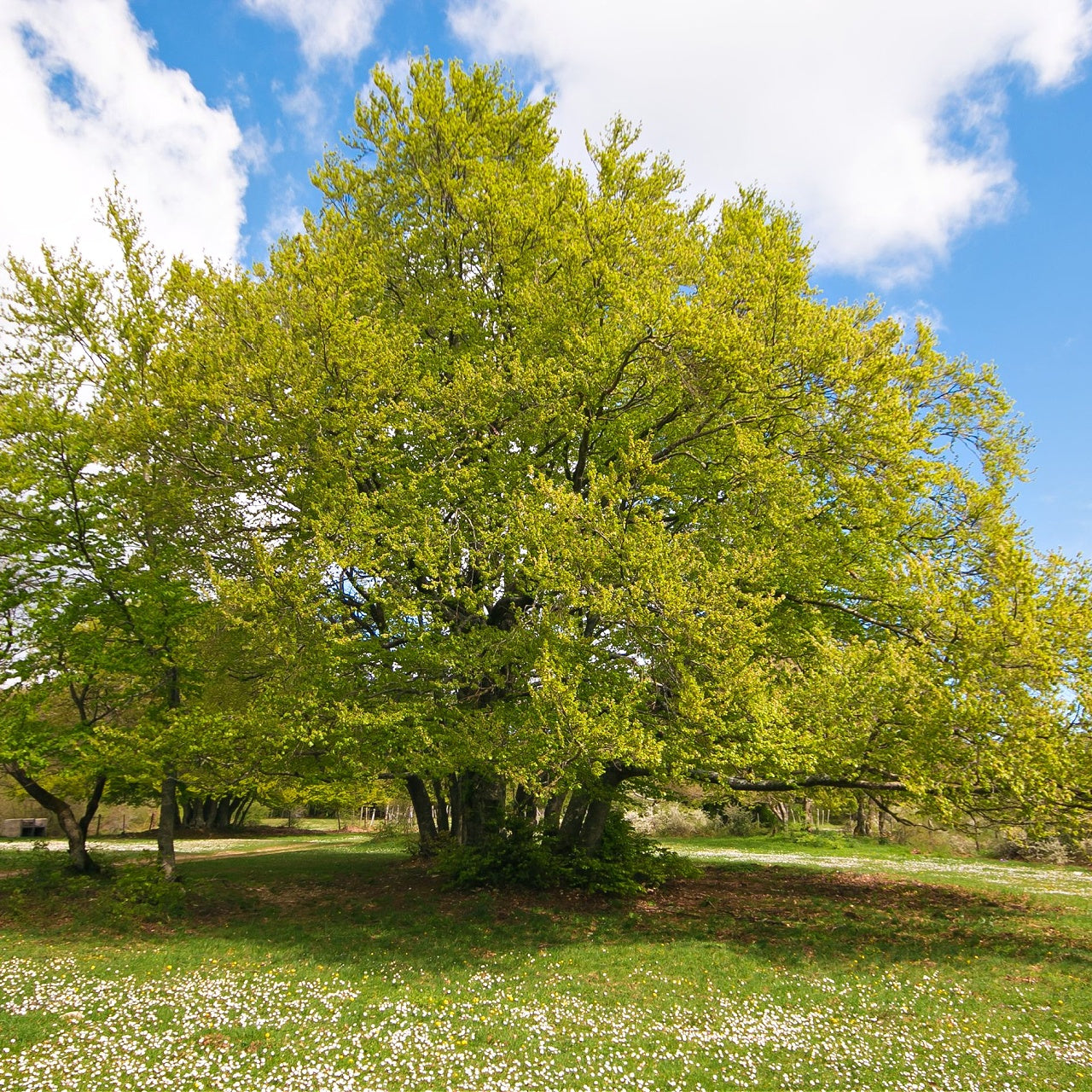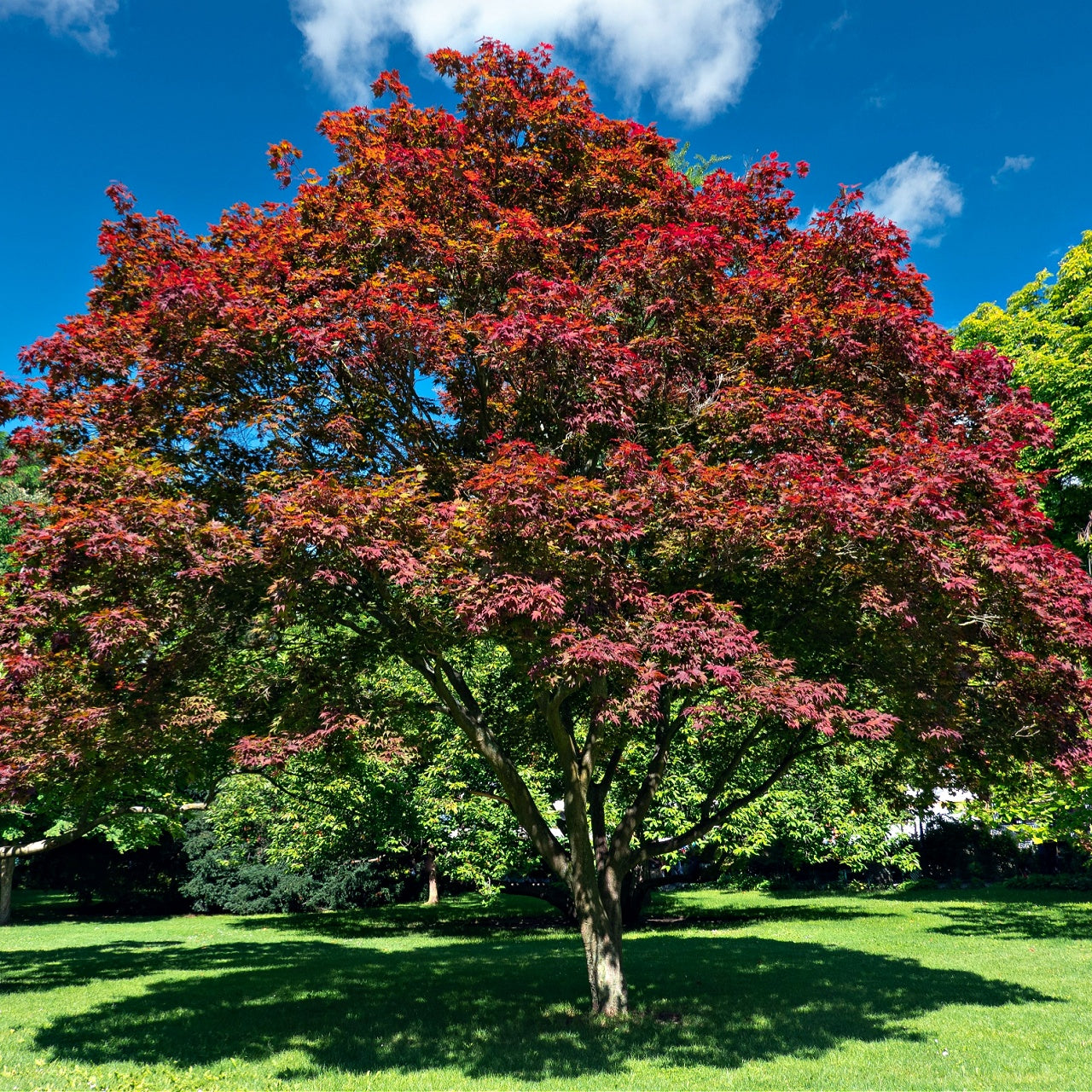
Blossoming Rooftops
Blossoming Rooftops
Urban Rooftop Gardens: A Green Revolution Above Our Heads
Urban centers around the globe are transforming through the increasing conversion of rooftops into lush garden spaces. The formerly neglected high-altitude gardens now fascinate urban residents who seek sustainable responses to modern environmental and societal difficulties. Rooftop gardening existed long before today, but recent technological progress alongside policy developments has made it a mainstream urban practice. Since skyscrapers shape modern cityscapes, they should be used for practical applications beyond aesthetic contributions at their highest levels. Rooftop gardens provide an environmentally sustainable and attractive replacement for standard rooftops and assist in solving problems like air pollution and food scarcity. When cities transform unused spaces into functional areas, they will achieve greater sustainability and vitality.
Multiple factors fuel the expansion of urban rooftop gardens, such as increasing global climate change awareness, raising interest in sustainable farming, hods, and people's growing demand for recreational green spaces. Urban residents living in densely populated cities yearn for open spaces to unwind and connect with others as their cities face challenges supporting growing populations. Rooftop gardens transform empty rooftop spaces into active research environments that fulfill these needs. Unique rooftop settings allow nature to thrive above urban traffic while providing city dwellers with necessary respite from concrete and steel landscapes. The worldwide success of rooftop gardens proves how plant life shows extraordinary resilience by taking root and flourishing in inhospitable environments when they receive proper care and planning.
Rooftop gardens extend their impact by exemplifying how community participation can drive successful environmental projects. Multiple stakeholders, including municipal programs and corporate initiatives, embrace rooftop gardens because they share a common goal of transforming urban environments and enhancing the quality of life for residents. Through rooftop gardens, businesses achieve higher employee morale and energy cost savings while authorities identify opportunities to promote eco-friendly living in the community. Schools, office buildings, and apartment complexes are investigating opportunities to convert their rooftops into green spaces so that vegetation extends above ground level and outside. This trend illustrates innovative urban infrastructure development while demonstrating that humans can construct vertical spaces that support natural ecosystems.
Rooftop gardens symbolize a societal change through which people have gained more profound insights into food origins and production methods. The rising popularity of farm-to-table cooking matches the rooftop gardening concept as urban dwellers can pick lettuce and tomatoes, among other produce, directly from their building rooftops near their kitchens. High-rise gardens minimize the gap between where food is produced and consumed, which lowers transportation costs and decreases emissions. The direct connection to our food supply reinforces the relationship between humans and nature and shows city residents how sustainable living methods can operate within urban centers.
Environmental Benefits of Rooftop Gardens
Rooftop gardens deliver numerous environmental benefits beyond their direct vicinity. Incorporating soil and plant layers on buildings helps maintain indoor temperature balance, reducing heating and cooling costs. As a result, buildings experience reduced energy demands, alleviating pressure on the city's power systems. Greenery absorbs air pollutants through its filtering capability, while soil systems trap stormwater to prevent drainage overflows. These gardens support urban biodiversity by creating living spaces for birds, insects, and other wildlife otherwise at risk of extinction in concrete-dominated areas. Rooftop gardens reestablish the link between urban architecture and natural elements, enabling ecological recovery while demonstrating that cities and nature coexist harmoniously.

Community Engagement and Well-Being
Rooftop gardens help city inhabitants build stronger community bonds alongside their environmental advantages. Planting, tending, and harvesting as a group activity promotes cooperation and empathy among participants. The elevated green spaces host gardening activities and social gatherings, creating a friendly atmosphere for diverse people to connect. Schools utilize rooftop gardens as educational resources for students to explore plant growth and sustainable practices through direct observation. Community gardening programs help adults lower stress levels and build stronger community bonds because plant care activities promote better mental health. Shared community activities establish strong neighborhood bonds where residents develop civic pride and environmental responsibility, demonstrating the transformation of small plots into friendship centers.
Challenges, Innovations, and the Road Ahead
Rooftop gardens offer promise but face several significant challenges. The installation costs, structural restrictions, and drainage problems are major deterrents for potential adopters. Older buildings could face difficulties sustaining the extra load from soil and water-filled planters, thus requiring precise structural evaluations followed by renovation work. Additional obstacles include identifying species that withstand strong winds and intense sunlight and developing maintenance plans to cover watering needs, weed control, and soil restoration. Developing lightweight growing mediums, advanced irrigation systems, and green roof technology solves numerous challenges related to rooftop gardens. Forward-thinking architects today create new building designs incorporating rooftop gardens and establishing necessary structural support and logistical systems.
Urban rooftop gardens show great promise for the future because city officials, environmental advocates, and private individuals work together to build more green infrastructure. Building owners who install rooftop gardens receive tax breaks or grants through government incentives, which drive broad adoption. Aspiring gardeners learn effective techniques through community-led workshops and urban agriculture programs that demonstrate plant life's health benefits. Developing new engineering approaches combined with best practices keeps improving green roofs' efficiency while reducing costs. Rooftop gardens are essential for future eco-friendly urban development because they merge innovative research with grassroots community support.
Rooftop gardens provide an uncomplicated yet effective solution that helps create a stable future in the face of climate change and urban crowding alongside limited natural resources. The presence of rooftop gardens delivers clear environmental benefits while building community bonds and demonstrating that nature can thrive amidst urban concrete. The increasing presence of thriving ecosystems on rooftops generates multiplied benefits, showing new ways for cities to coexist harmoniously with nature. These high-rise havens maintain their allure because tangible rewards like fresh produce and cleaner air emerge despite the need for more investments, policy support, and public awareness.
Rooftop gardens demonstrate human creativity and resilience through their ability to grow life in surprising locations. The development of rooftop gardens illustrates a significant transformation in how we interact with urban spaces by demonstrating that modern architecture can effectively combine with ecological restoration efforts. City residents who observe rooftop greenery alongside buildings can imagine a sustainable future, growing one garden at a time. The expansion of rooftop gardens demonstrates that humans and nature can develop synergistic relationships even in densely populated regions.






